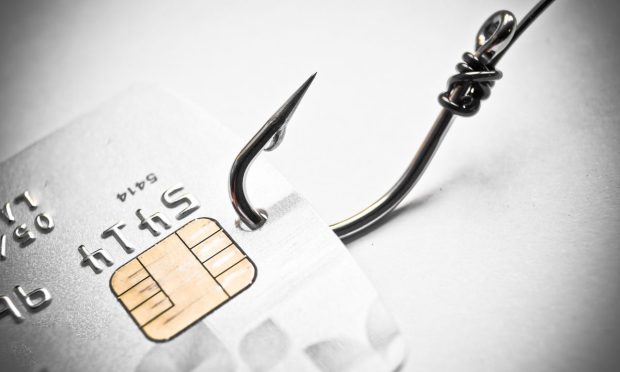Over 10% Of Credit and Debit Card Users Experienced Fraud in the Last 12 Months

Credit and debit card users are experiencing significant levels of fraud. Eleven percent of consumers reported an incident of fraud in connection with their digital debit and credit card accounts in the last 12 months, according to Authenticating Identities In The Digital Economy, a PYMNTS and Mitek collaboration that surveyed more than 2,255 U.S. consumers.
Get the report: Authenticating Identities In The Digital Economy
While credit and debit card users are the digital account users who are experiencing the most fraud, more than 5% of consumers also reported experiencing fraud attacks in five other digital account types: social media platforms (9%), banks (8%), online retail stores (7%), mobile phone networks (6%) and digital wallets (6%).
While the overall percentages of affected consumers may seem low, they should be taken in context — the Federal Trade Commission reported a 45% increase in fraud attacks between 2019 and 2020.
To prevent fraud, a variety of authentication methods are deployed. When using mobile apps, consumers prefer authentication methods that are easy to use. Forty-four percent of consumers who access digital accounts using mobile apps say they chose their preferred authentication method because it is easy to use.
Ease of use is key to consumer preference among the users of all but one authentication method: two-step authentication. Among the consumers who use the two-step authentication methods, 30% said they use it because they are less likely to experience theft of their money or assets, while 28% said they use it because it’s easy to use.
Another authentication method exhibiting a substantially different pattern is mobile device code authentication. While ease of use is the most cited reason for using a mobile device code, being less likely to experience theft of money or assets is cited by almost as many consumers — only a fraction of a percentage point fewer.
